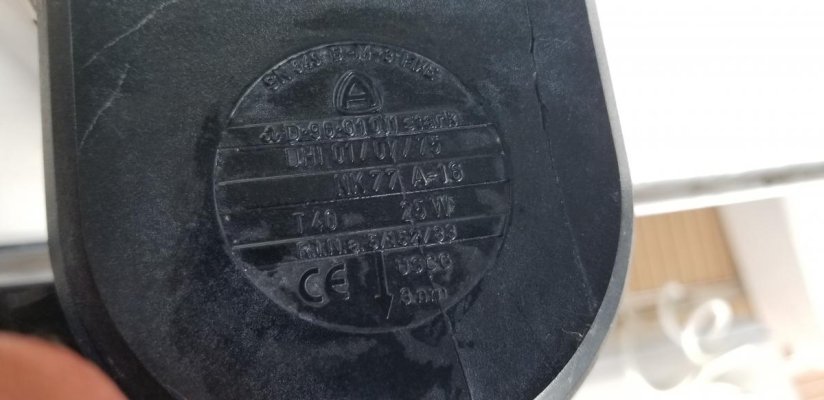Pura Vida
Senior Member
- Joined
- Apr 4, 2014
- Messages
- 316
- Location
- usa
- Vessel Name
- Pura Vida
- Vessel Make
- 08 Meridian 490 Pilothouse
I have an Aqua Signal Series 40 Masthead Navigation Light 40400-7 with a cracked cover do I fix, repair or replace. I can find the entire light but have not found replacement parts?
https://www.defender.com/product.jsp?id=65193
https://www.defender.com/product.jsp?id=65193


